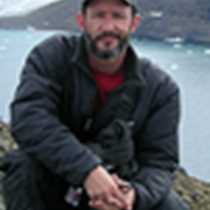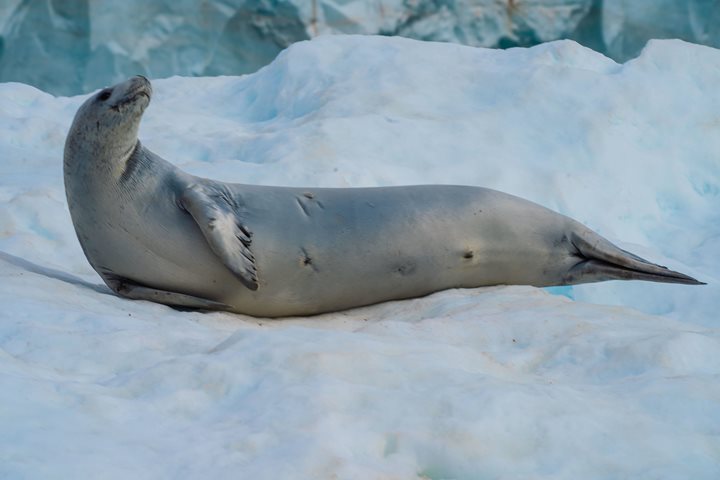A voyage to Antarctica is complex in its planning and execution. Weather, ice conditions, and wildlife sightings all contribute to or can complicate an expedition. During these past 10 days, our expedition to the Antarctica Peninsula was a great success as we visited different areas, encountered amazing sights, and enjoyed wonderful experiences. We began in the South Shetland Islands, some of the youngest islands off the coast of Antarctica, then ventured into the Weddell Sea, the cold and dry side of the peninsula. From there we moved south to the wetter-snowier side and found amazing fast ice or sea ice attached to land that we were actually able to walk on and kayak from. National Geographic Explorer then went further south to seek out more incredible scenery in the Lemaire Channel only to be pushed back by the large amounts of ice just south of the channel. Our island and water navigation the next few days was fruitful with penguin colonies and whale sightings. From there we came back across the Drake Passage and into the Beagle Channel made famous by Darwin’s voyage on the channel’s namesake. We were able to view Cape Horn where the Pacific and Atlantic Oceans meet. Then it was an easy passage to back from where we started in Ushuaia, Argentina. The guests on our expedition have different motivations for traveling to the Great White Continent—some come for wildlife viewing, others to see their seventh continent, still others for the ice. One of our companions was on a family pilgrimage to honor another family member who had dreamt of visiting this singular place. Her message reminds us of the distilled truth that is inspired by places of wonder and beauty.
2/27/2022
Read
National Geographic Explorer
The Drake Passage
Almost home. Land is in sight as we complete our crossing of the Drake Passage and draw within view of Cape Horn. As sunrise begins to illuminate the clouds, we see the blinking light of the Cabo de Hornos lighthouse. Expedition leader Lucho tells us about the poignant albatross sculpture dedicated to lost mariners and reads us the associated poem in Spanish and English. We are sailing in sheltered waters now, and the sea has reached the balmy temperature of more than 7° C. The seabirds we have learned to recognize in the open ocean–albatrosses, petrels, and prions–are now joined by others, such as imperial shags from Patagonia. Fur seals are once again frolicking near the ship. With formalities complete, there is time for a last series of presentations from our expedition staff, including: a lively account of the world-defining voyage of Ferdinand Magellan by naturalist Madalena Patacho, intriguing ‘Behind the Scenes’ insights into the life of an undersea specialist from Brett Garner, and more about the famous Endurance expedition under the leadership of Sir Ernest Shackleton. After making time for some excellent afternoon Swedish pancakes, we sailed the remaining stretch along the Beagle Channel and came at last to port in Ushuaia. We gathered in the lounge for farewell cocktails with our captain. We celebrated the wonders we experienced over the last ten days, the good friends we traveled with and with whom we shared our discovery of the Antarctic, and the glorious land of Antarctica–the seascapes, history, and wildlife. Where will we travel next? Photo caption: An avian harbinger of the coming day. Photo by Steve Backus







